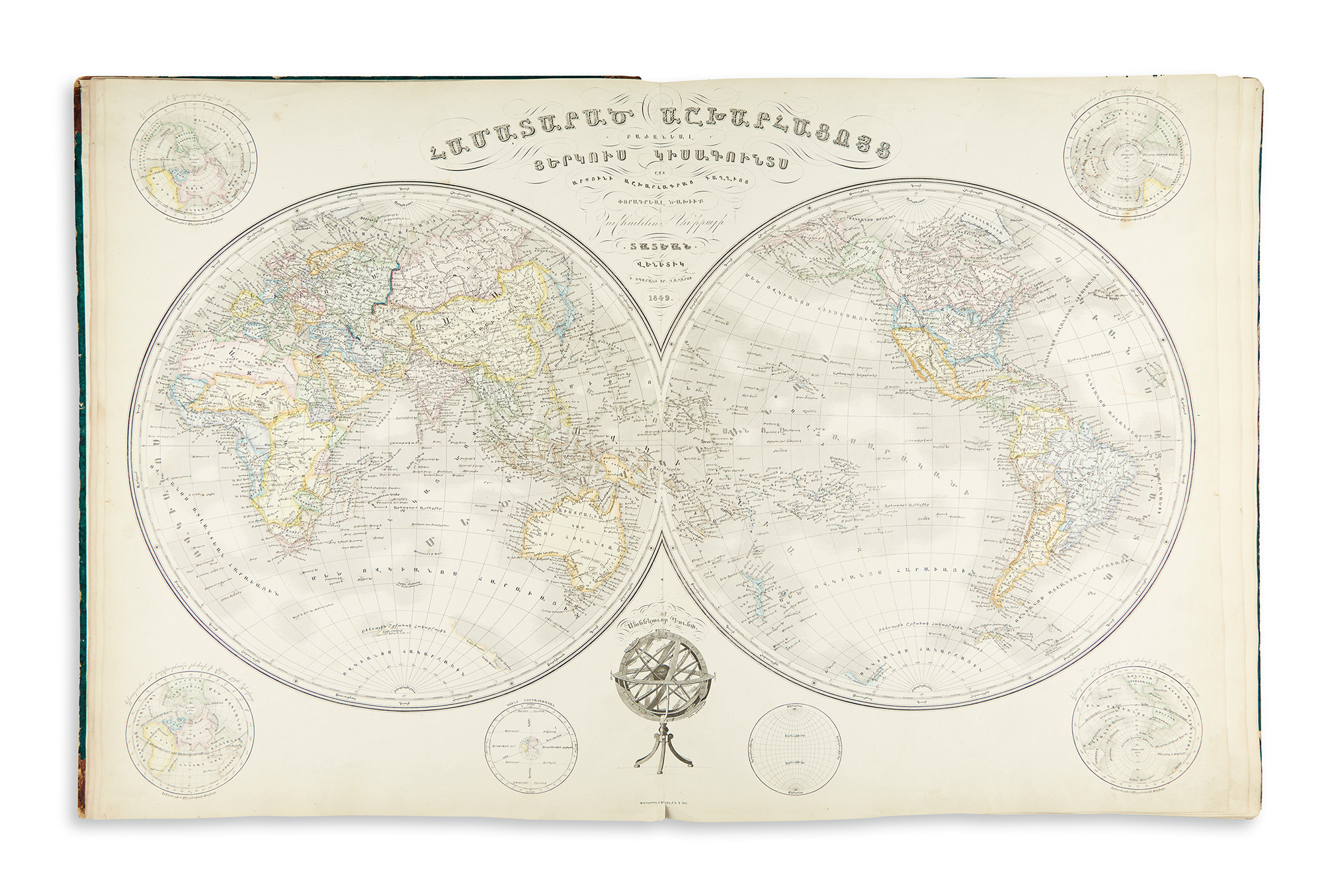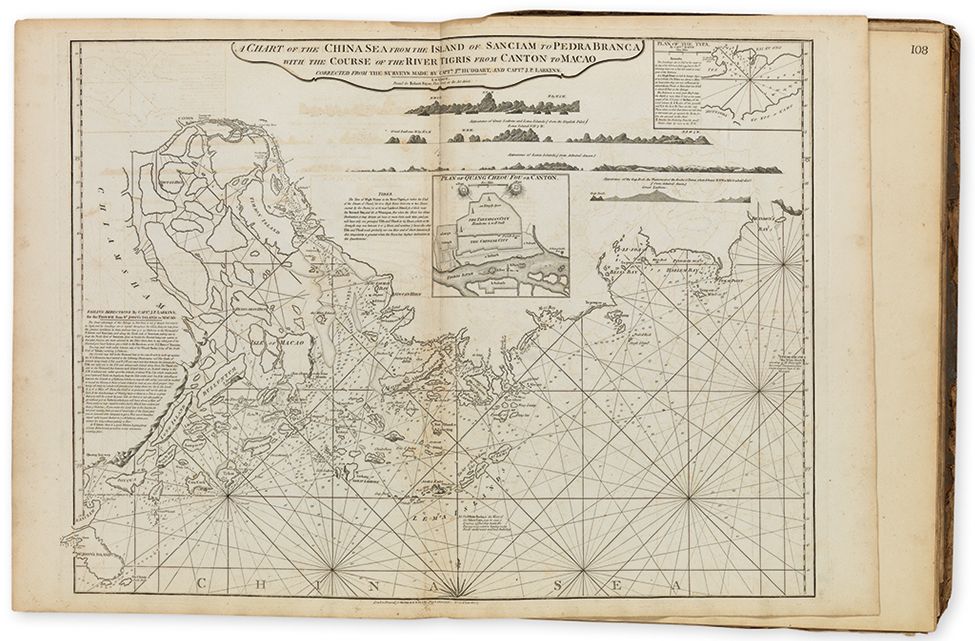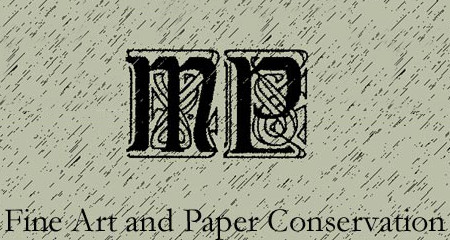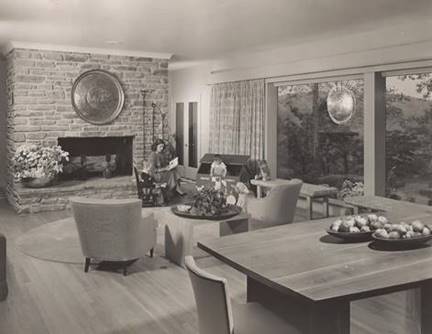Google Search
Dr. James W. White and "Incorruptible Teeth"
An engraving of the Gemrig and Son surgical box is found on page 38 of Roberts Bartholow's A Manual of Hypodermatic Medication: The Treatment of Diseases By the Hypodermatic Or Subcutaneous Method.1 The box illustrates positioning of instruments as proposed by Dr. J. W. White. 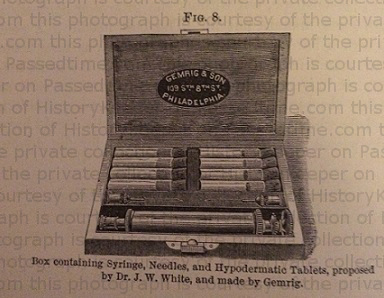
James White, the youngest son of William Rose and Mary Stockton White, was born on September 29, 1826 in Hulmeville, Pennsylvania. When he was fifteen he followed in the footsteps of a late uncle and older brother to learn the "art and mystery of the manufacture of incorruptible teeth."2
According to an 1838 manual written on the subject, incorruptible teeth were made of feldspar, quartz, and kayolin. The coloring agents were "titanium, cobalt" oxide of gold and etc." The ingredients are "pulverized" and mixed with water to form a clay from which the teeth are fashioned. Once the shapes have been formed, the material is baked (or melted) and voila' ...the incorruptible tooth.3
Mediaeval Materia Medica or Those Good Old Days When Gallow Chips Cured the Ague
This is a clipping from a series of scrapbooks. Although this clipping is not dated it is probably circa 1880. Enjoy! Pat Earnest Dover, Delaware, 21 September 2015
 PS: If you enjoy this item, please share with friends, we like knowing that you appreciate our efforts, but don't forget to credit Passed Time. Our fragile egos need constant reassurance that we are doing well. If you purchase through Amazon, use the widget on our home page to do so. Not only will our fragile egos appreciate the reinforcement, but our fragile bank account will really appreciate the kick-back we get from Amazon.
PS: If you enjoy this item, please share with friends, we like knowing that you appreciate our efforts, but don't forget to credit Passed Time. Our fragile egos need constant reassurance that we are doing well. If you purchase through Amazon, use the widget on our home page to do so. Not only will our fragile egos appreciate the reinforcement, but our fragile bank account will really appreciate the kick-back we get from Amazon.
Thank You Mr. Charles Hunter: Common Sense Practitioner, St. George's 1859
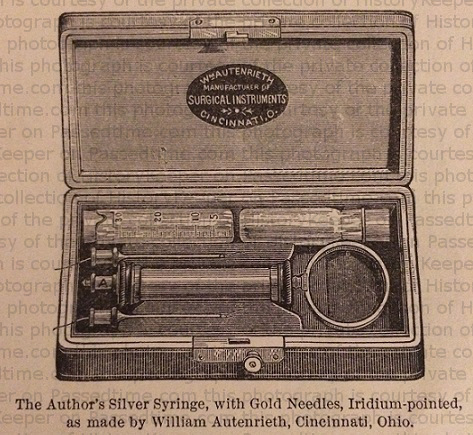 It is funny how often a written piece often takes a thoroughly unexpected direction, which is what happened with this article. Originally, I was going to present a brief medical history of hypodermics with pictures of early syringes. Yet, as I read through the first couple of pages of Hypodermatic Medication*, I realized Mr. Charles Hunter (active 1859, St. Georges Hospital, London) deserves a big "thank you" for his common sense approach to medicine.
It is funny how often a written piece often takes a thoroughly unexpected direction, which is what happened with this article. Originally, I was going to present a brief medical history of hypodermics with pictures of early syringes. Yet, as I read through the first couple of pages of Hypodermatic Medication*, I realized Mr. Charles Hunter (active 1859, St. Georges Hospital, London) deserves a big "thank you" for his common sense approach to medicine.
The first item that jumped out at me (not the first to appear chonologically in the book, but the first part of the book I read) was Hunter's ability to overlook minutia. Possibly recognizing that his patients cared not one whit what an injection was called as they were being jabbed, Hunter did not get bogged down in terminology. It was he who suggested using the term "hypodermic" as opposed to the ostensibly correct "hypodermatic." Hypodermic had already been in use, why fight it? Note the author of Hypodermatic Medication, Roberts Bartholow, was going to attempt to steer his readers into using the correct terminology after releasing other editions of his own book which used the term "hypodermic." 
"...Mr. Hunter in 1859, proposed the word hypodermic as the name of the new method, in imitation of terms already in use, as epidermic, etc. The word hypodermic is compounded of two Greek words,ὑπό , under, and δέρμα, the skin. This word is condemned by all scholars, who are unanimous that the term should be--in accordance with the rules of construction--hypodermatic. That eminent philologist and Oriental scholar, Mr. Fitzedward Hall, D.C.L. assures me that under no circumstances is hypodermic allowable. It is, however, so firmly established, and in such universal use, that the substitution of the more correct term can be accomplished only by combined effort.
In the earlier editions of this work I have followed the general custom in using hypodermic, but in the former and present edition, and in the later editions of my "Practical Treatise of Materia Medica and Therapeutics," I have departed from the common usage to do my part towards the introduction of the more correct term, hypodermatic. ...."*
My Corn Cure is a Corker! E. Witter's Healing Salve Lebanon, Pennsylvania
This is, hands down, one of my favorite items. It is also one of the reasons I get irritated when people say history is "boring." When a figure from the past leaves an artifact like this behind for someone to dig out of a stack of worn papers? History is anything but boring. To borrow from E. Witter, it is one heck of a "corker." This gem showcases early twentieth century American "can do" thinking.
E. Witter was an entrepreneur from our recent past who obviously worked and probably resided in Lebanon, Pennsylvania. As the building advertised on the handbill was built in 1920 and the paper suggests early twentieth century, E. Witter's* healing salve business was assuredly active then. As the house has been sold, it is unclear when business ceased. Enjoy! Pat Earnest Dover, De. 29 June 2015**
.
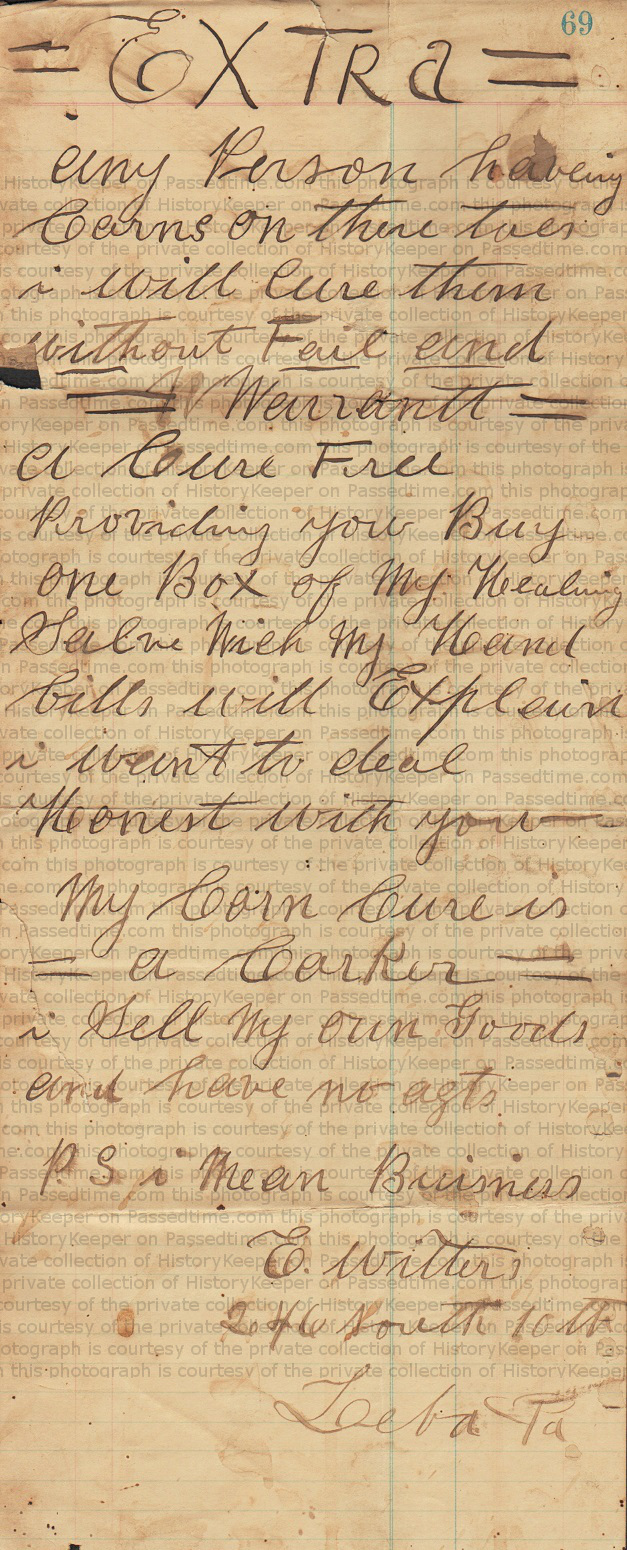
.
*Witter is a common Pennsylvania name. A friend of mine from this area said it might be an Amish family. Without the first name, I could only guess at an identity, something I am loathe to do.
**
Author HistoryKeeper, currently lives in Dover, Delaware, with family, both two- and four-footed. I am a history enthusiast, who has great regard for the past and is especially proud of the Pennsylvania German culture. In addition to Passed Time, I am currently working on a project for the German Historical Institute's Immigrant Entrepreneurship: German-American Business Biographies (http://www.ghi-dc.org). I also contribute to various newsletters and I am working on another book...or two. Feel free to email me at pcsuter@hotmail.com for questions, comments, information, a shared love of history, an idea, or just because you want to share on Passed Time, but are too shy about getting started. Please be aware, Files with Attachments will not be opened, but immediately deleted.










